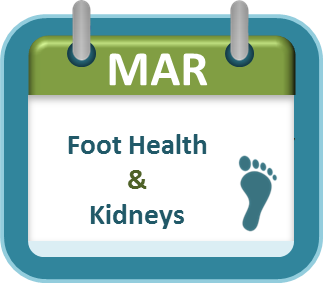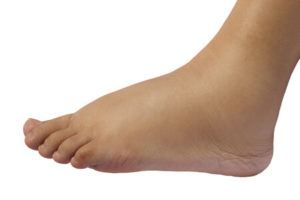|
Renal Foot
|
Assessment
The risk of developing foot conditions for any patient on dialysis should automatically be considered as being high, even in the absence of any active foot problems. See a podiatrist for expert advice and treatment if an active foot problem is discovered.
Causes The causes of the foot issues in renal failure cases are multiple and inter-related. Three major pathologies--neuropathy, ischemia and infection--are the main contributory factors. Patient Information and Inspection All patients should be encouraged to carry out a daily inspection to look for:
| Symptoms Symptoms of the the ‘Renal Foot’ are:
Treatment Appropriate management needs to address all contributory factors. Treatment options include revascularization, off-loading to relieve high-pressure areas and aggressive control of infection. Equally important is the collaboration between health care providers in a multidisciplinary team approach. Patient education on the measures required to achieve both primary and secondary prevention is also essential. Treatment of the renal foot can really only be done with the treatment of the patients' chronic kidney disease. |







